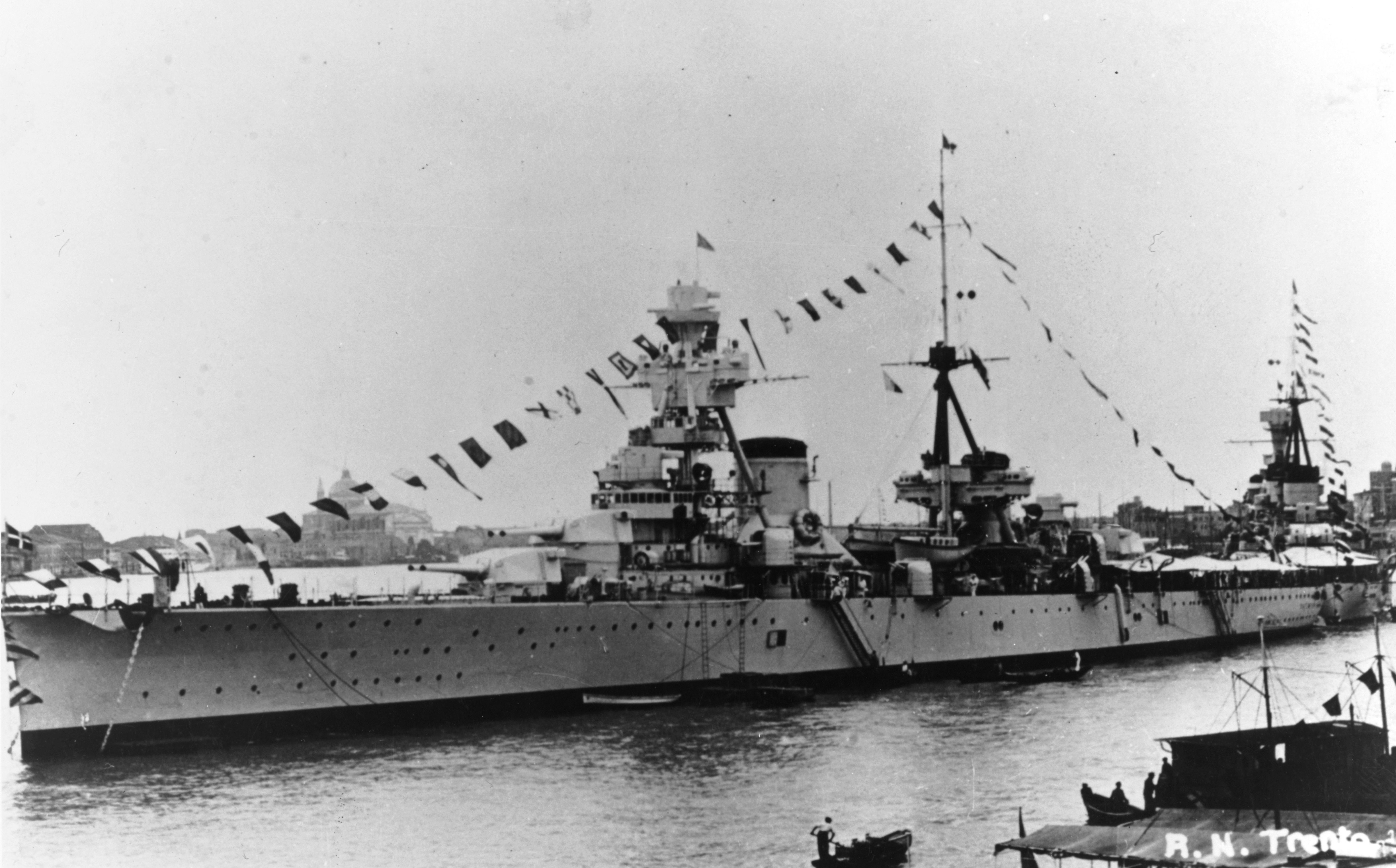
The Trento class was a class of heavy cruisers of the Royal Navy, built at the end of the twenties. The three ships of this class sacrificed in favor of speed, and armor was relatively little armor for ships of their size. It was subsequently decided that this condition disadvantaged them, and their project evolved into the most Zara class battleship of the early thirties.
Specifications Of Trento-Class Cruiser
The Trento class cruisers were the first ships specifically designed to adapt to the conditions of the London Naval Treaty, which limited the displacement of the cruisers to 10,000 tonnes and the cannons' maximum size of 8 “(203 mm), a limitation that made it challenging to include firepower, speed, and protection in a single project.
One particular problem faced by Italian designers was that their ships would not have been able to protect the long coastlines and the distant Italian naval bases, for which high speed was an essential requirement. By choosing to sacrifice the armor and the capacity of the fuel tanks, the units armed with 203 mm cannons were able to maintain the desired speed.
Three ships of this class, whose units have names of towns liberated from Austrian rule at the end of World War I.
•Trento
•Trieste
•Bolzano
The Bolzano, built in the early thirties, with some improvements compared to the other two units, is sometimes regarded as belonging to its class.
Were built, albeit with some changes, including two units of this class for the ‘Argentina, which entered service in 1931, were baptized Almirante Brown and Veintecinco de Mayo.
The differences concerned both the hull, which in the two Argentine units was slightly shorter and narrower than that for the equipment she saw in the Argentine unit cannons 190/52 mm instead of 203 mm ones, while another difference was in the superstructure that saw the Argentine presence on the branches of a single smokestack, unlike the two funnels of the Italian units.